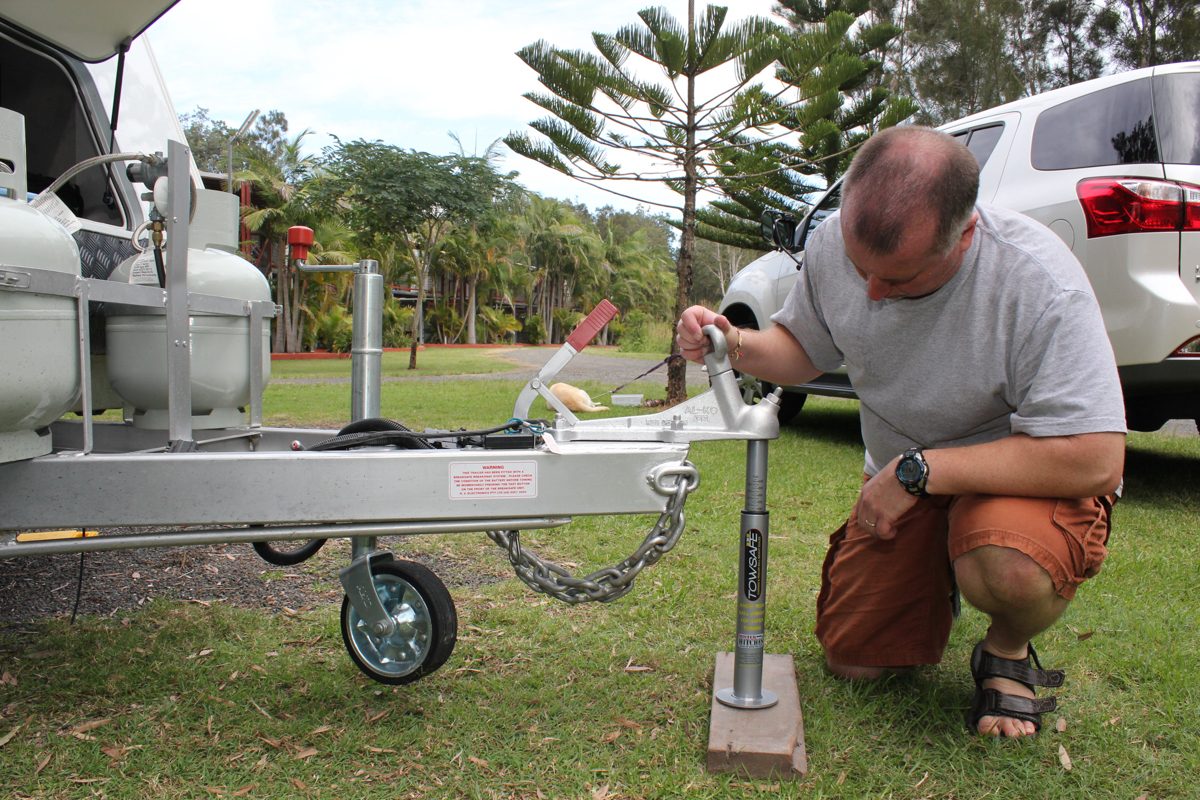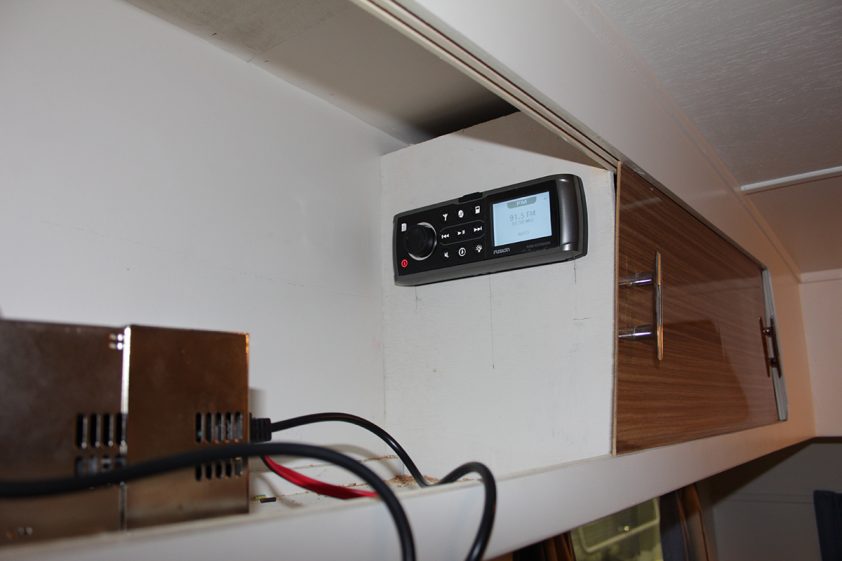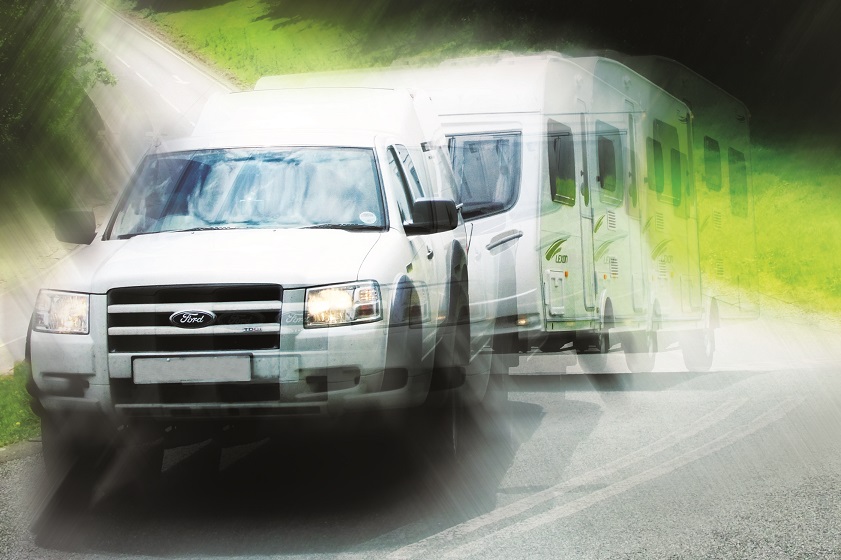How to accurately measure your caravan’s ball weight? This question is extremely important. After all, you must not exceed the allowable towball mass of your tow vehicle, and something as seemingly small as how you pack your van will have a big effect on the weight that is ultimately imposed on your vehicle’s towball by the caravan’s coupling.
The problem with going to a public weighbridge to determine exactly what your caravan weighs and identifying the ball weight is that you might want to go back home and repack your gear to change how your rig is balanced – but you’ll have no idea what the affect was.
Clearly you could go back to the weighbridge each and every time you shifted the weight around but, for most caravanners, that is not an enticing proposition. The time, fuel and weighbridge ticket costs are not worth repeating for this exercise.
The solution is to do your own ball weight measurements and there are a few ways of doing this. The most common way is to use the old, faithful bathroom scales. The positives of doing so include the fact it is convenient – most people already own such scales – and cheap, as you don’t have to buy anything.
The negatives are that, unless you know that your ball weight is likely to be low, the bathroom scales won’t read the ball weight other than to tell you it weighs off the scales (over about 130kg, roughly the limit of most bathroom scales). Also, the newer glass bathroom scales are more easily broken unless you’re really careful, and the faithful steel scales you’ve had for years – and have relied on to lie about your weight – will faithfully underestimate your caravan’s ball weight, too.
OTHER SOLUTIONS
I have read all about the way in which you can use bathroom scales and cut up some timber and make a pivot point to halve the weight taken by the scales. This solves the problem of having a heavy ball weight (well, up to around 260kg, at least) for bathroom scales that are limited to around 130kg. The trouble is that those who use this setup could probably just as well calculate the ball weight plus/minus one per cent by doing a few mathematical equations. It’s easy if you know what you
’re doing, or very easy to get completely wrong if you don’t know what you’re doing. So there must be an easier way…
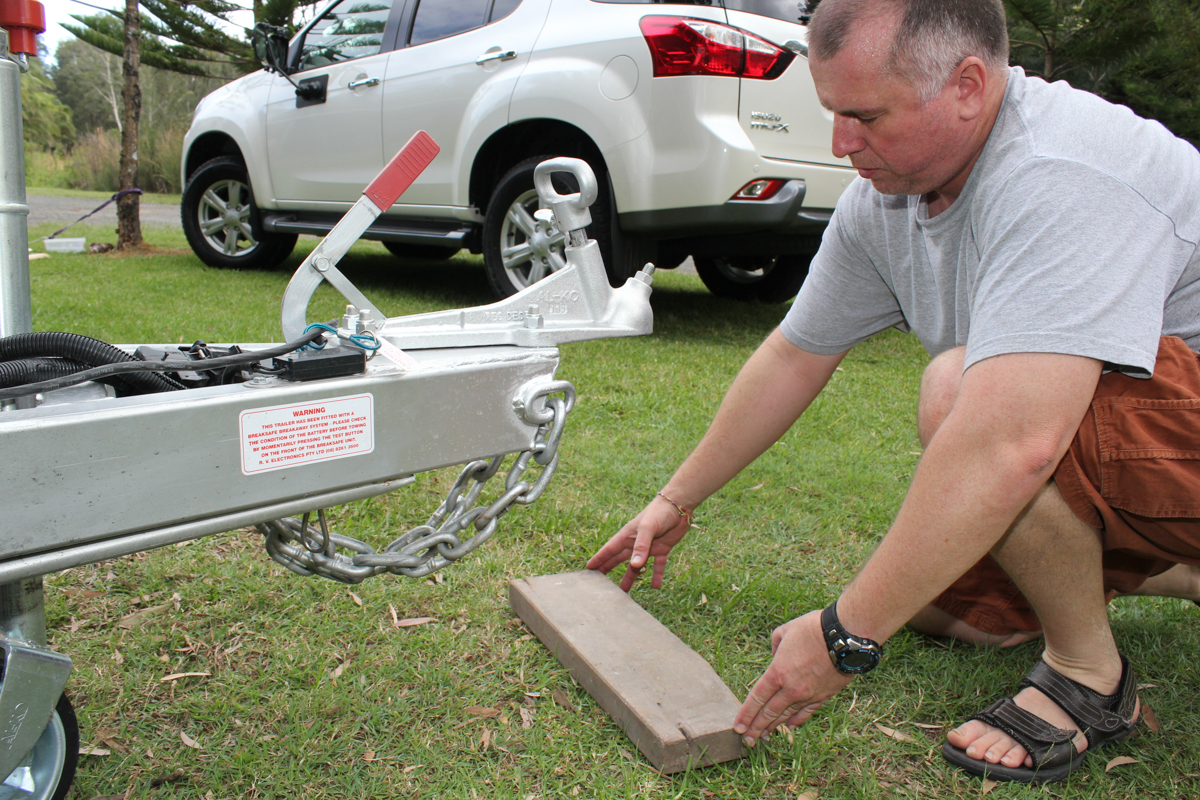
PORTABLE BALL WEIGHT SCALES
Fortunately, there is another dedicated solution.
Put the scales back in the bathroom, and buy a dedicated ball weight scale. These scales are quite affordable, and will make accurately measuring your towball weight much easier.
ON THE LEVEL
To use a portable ball weight scale, you will need to have a level surface to park your van on. Ideally, it will be smooth concrete, bitumen or brickwork. Not all of us are lucky enough to have easy access to such a surface so if it’s coarse bluechip or grass, then you’ll need a piece of thick timber to support the scales.
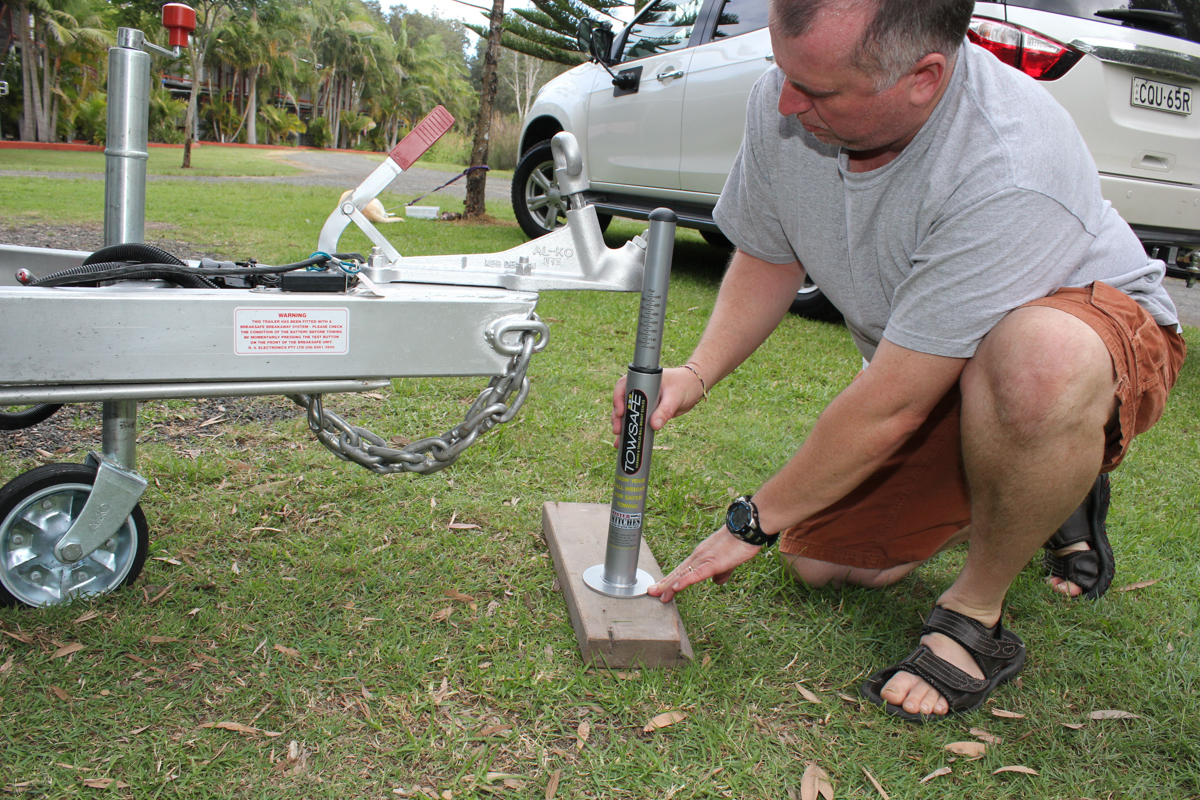
Make sure the van’s park brake is on and that wheels are chocked. With the timber in place under the coupling and the scales sitting on it, simply raise the caravan on the jockey wheel until you estimate that the piece of timber and scales will be able to slide under. Then check that the scales are level on the ground (or timber) so that when you raise the van the scales do not fall over.
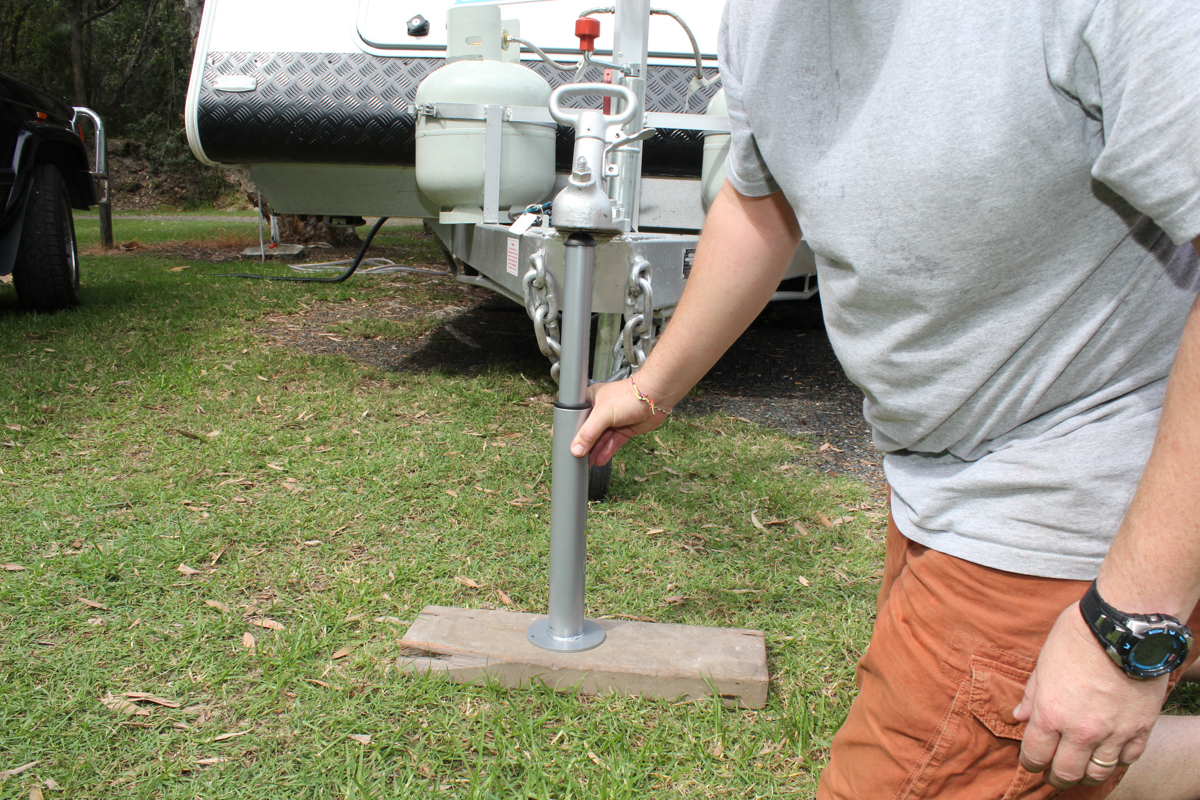
Then lower the van onto the scales with the jockey wheel, until the jockey wheel is raised clear of the ground. Do not take the jockey wheel off the van or swivel it up – if the scales do tip over, you’ll want the jockey wheel there to prevent the van from landing on its A-frame.
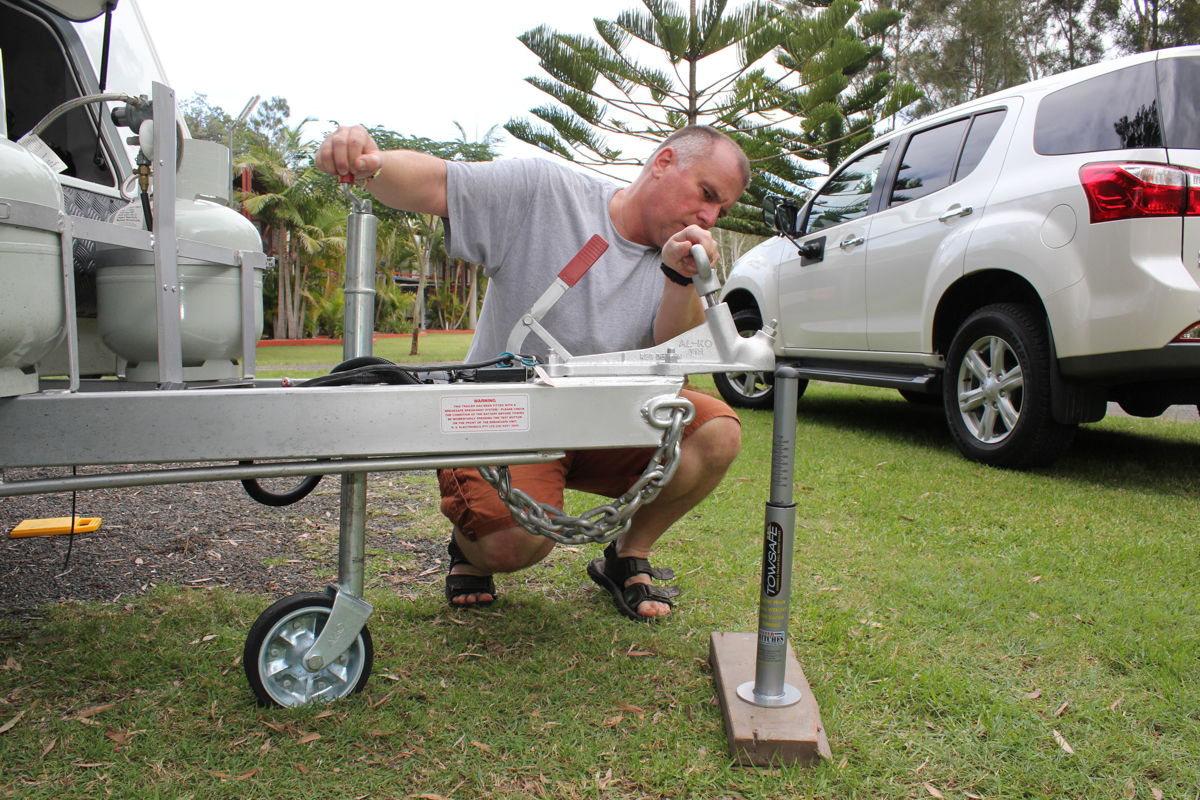
A number of portable ball weight scales on the market do not have a wide base, so it is important to be careful. If the van is not on level ground, these scales could tip over.
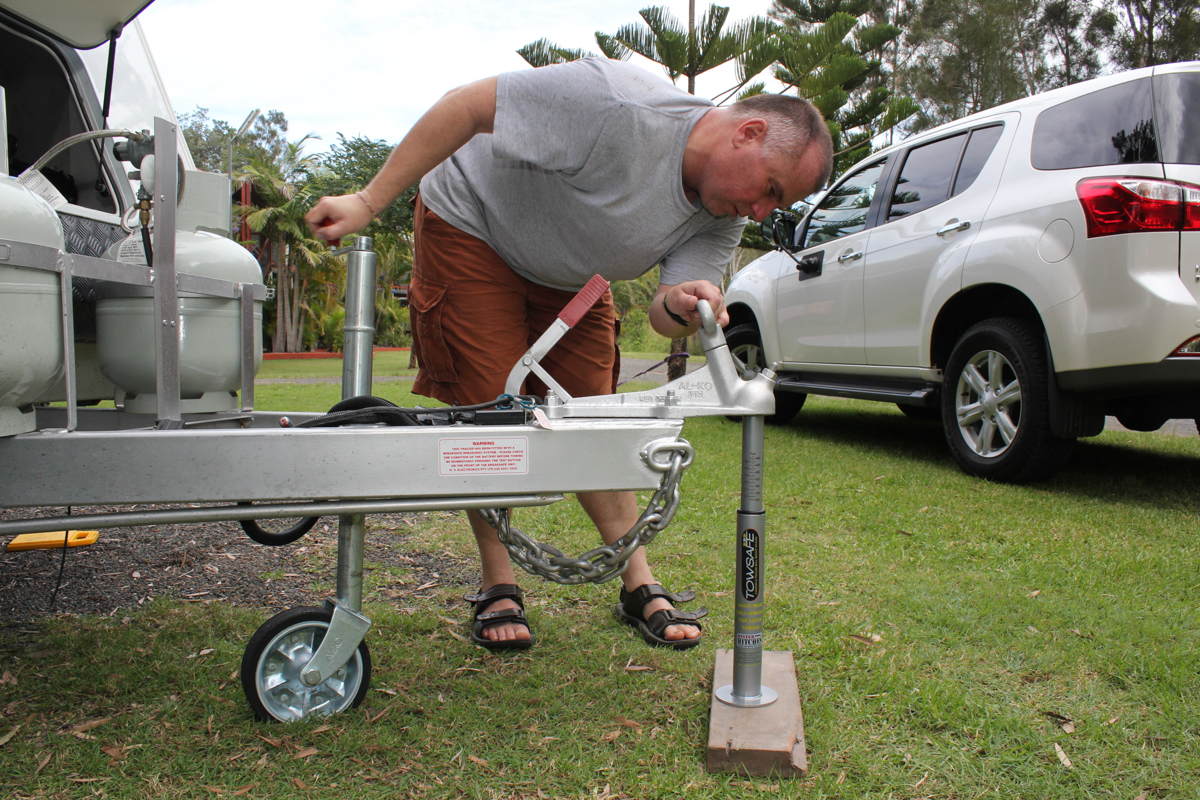
The bonus is, of course, instant ball weight measurement, relatively fuss-free. When researching this article, we were able to establish that our van, with a 145kg ball weight at Tare, was 200kg when loaded up and ready to go on tour. That was 100kg under the maximum specified for our tow vehicle, so we knew we were right to go with a safe ball weight.
